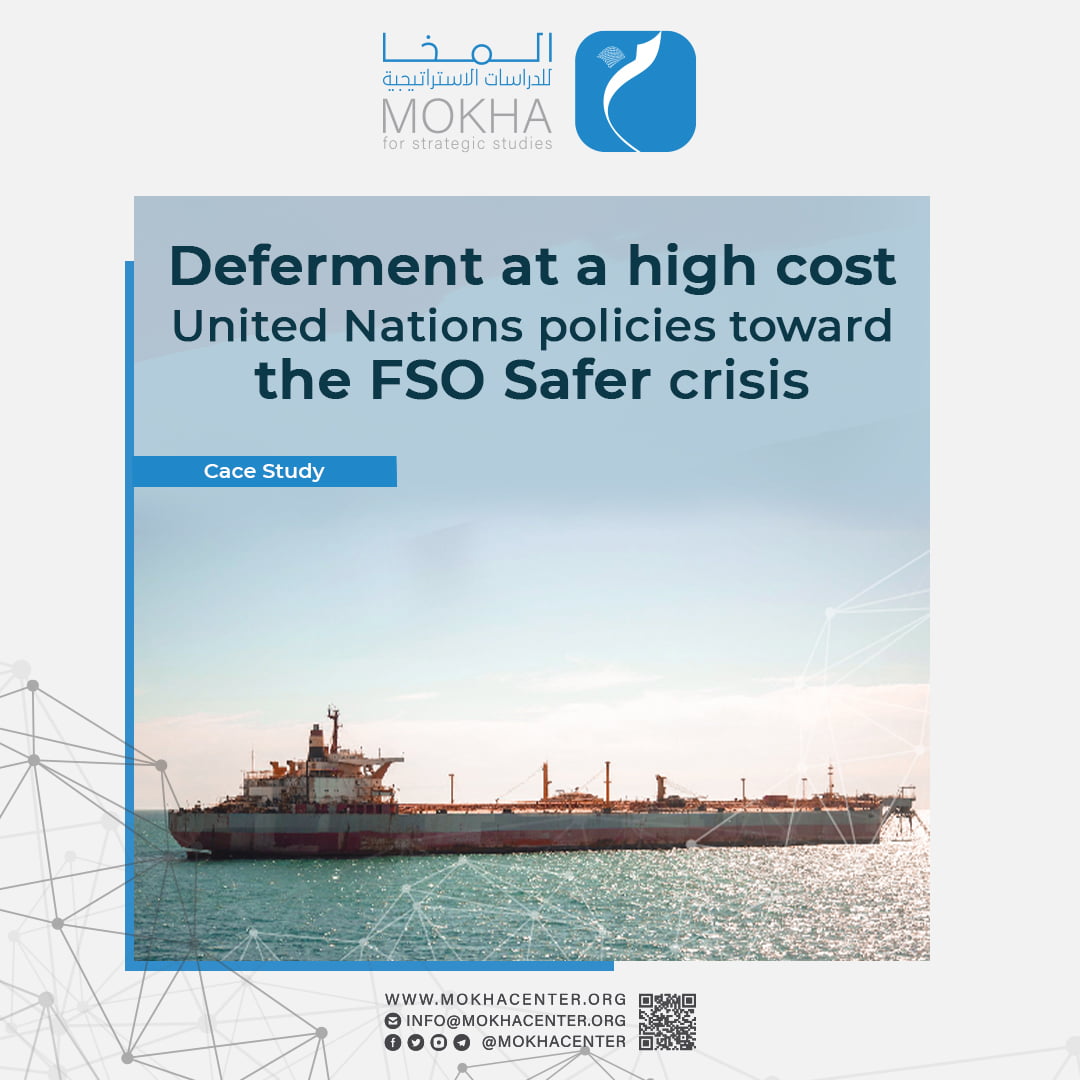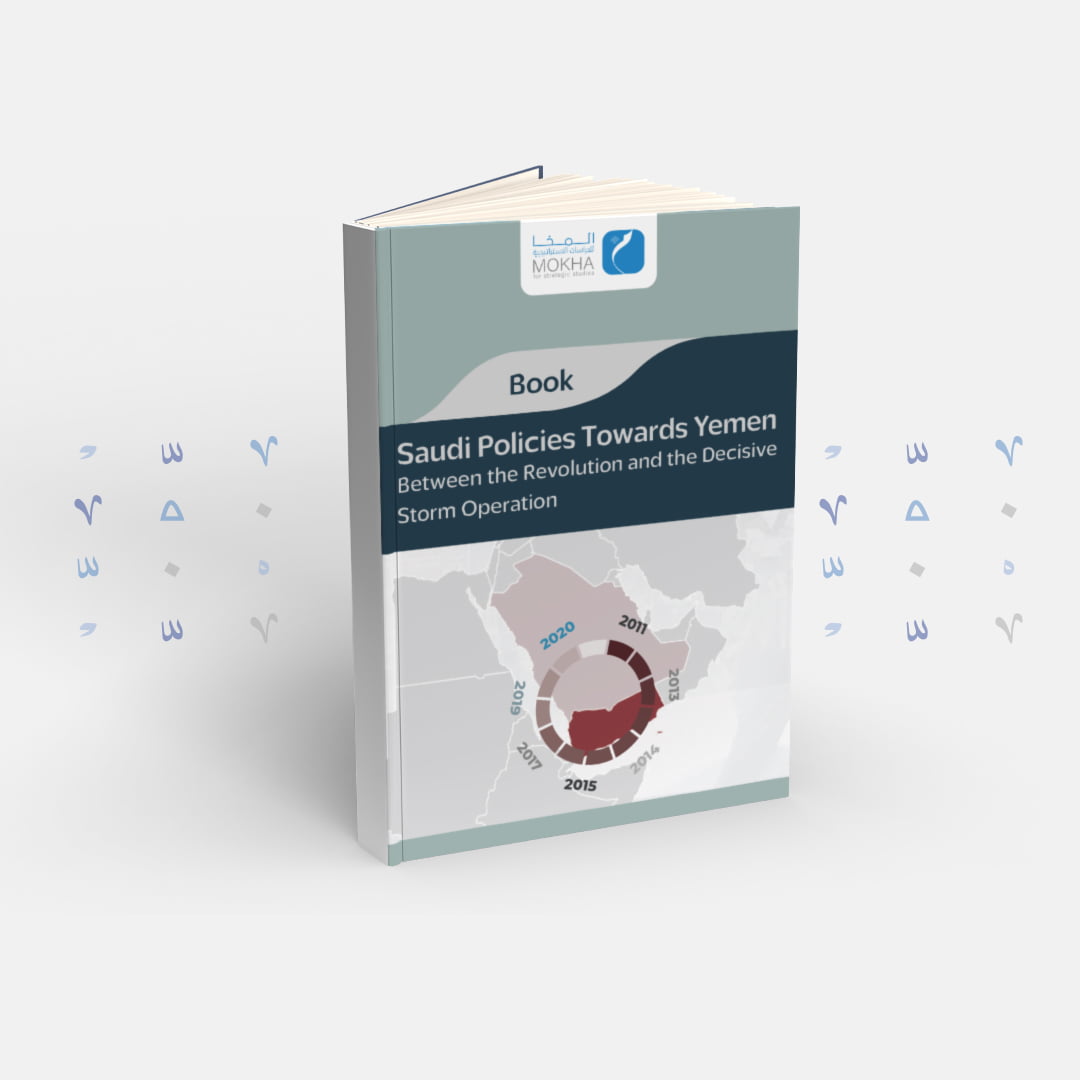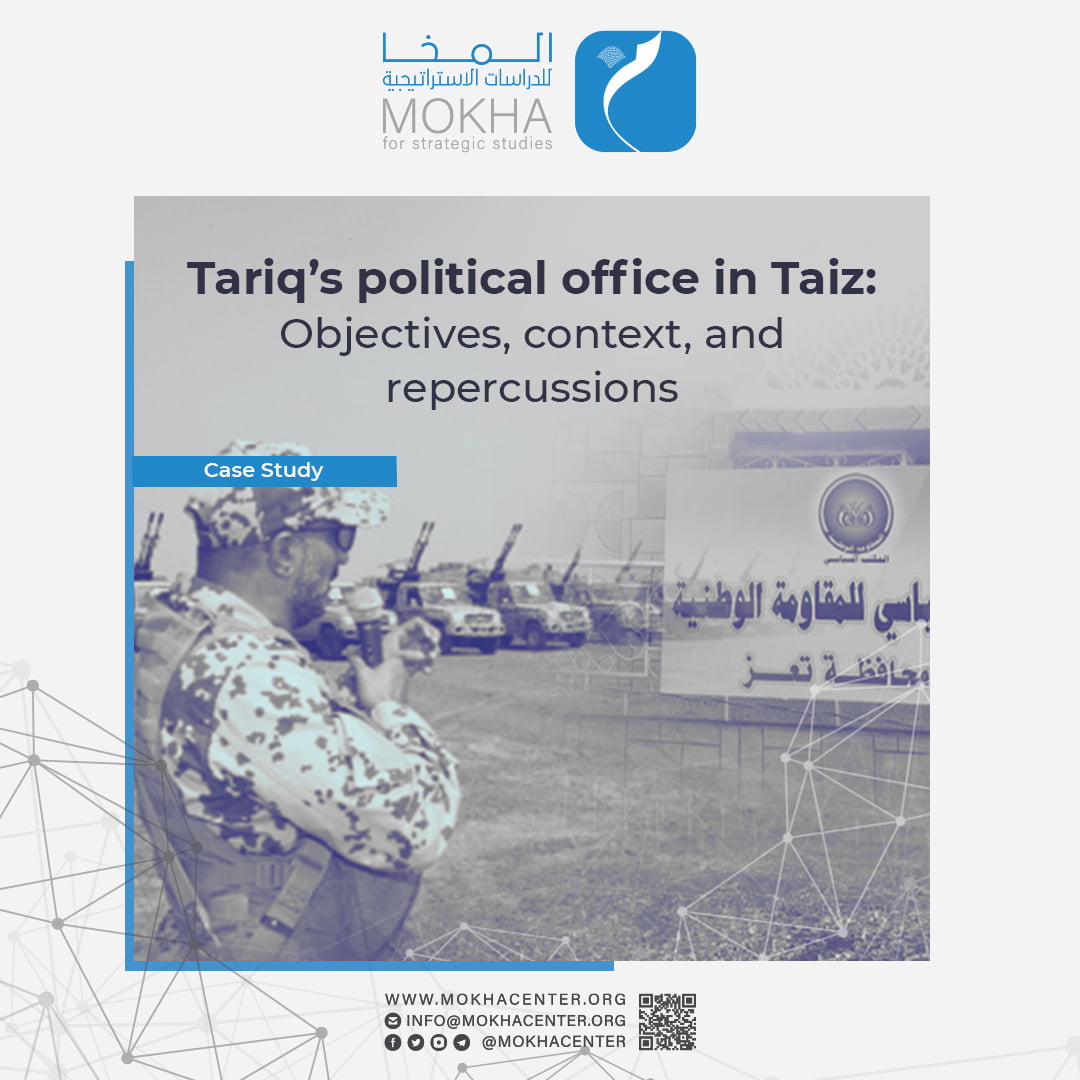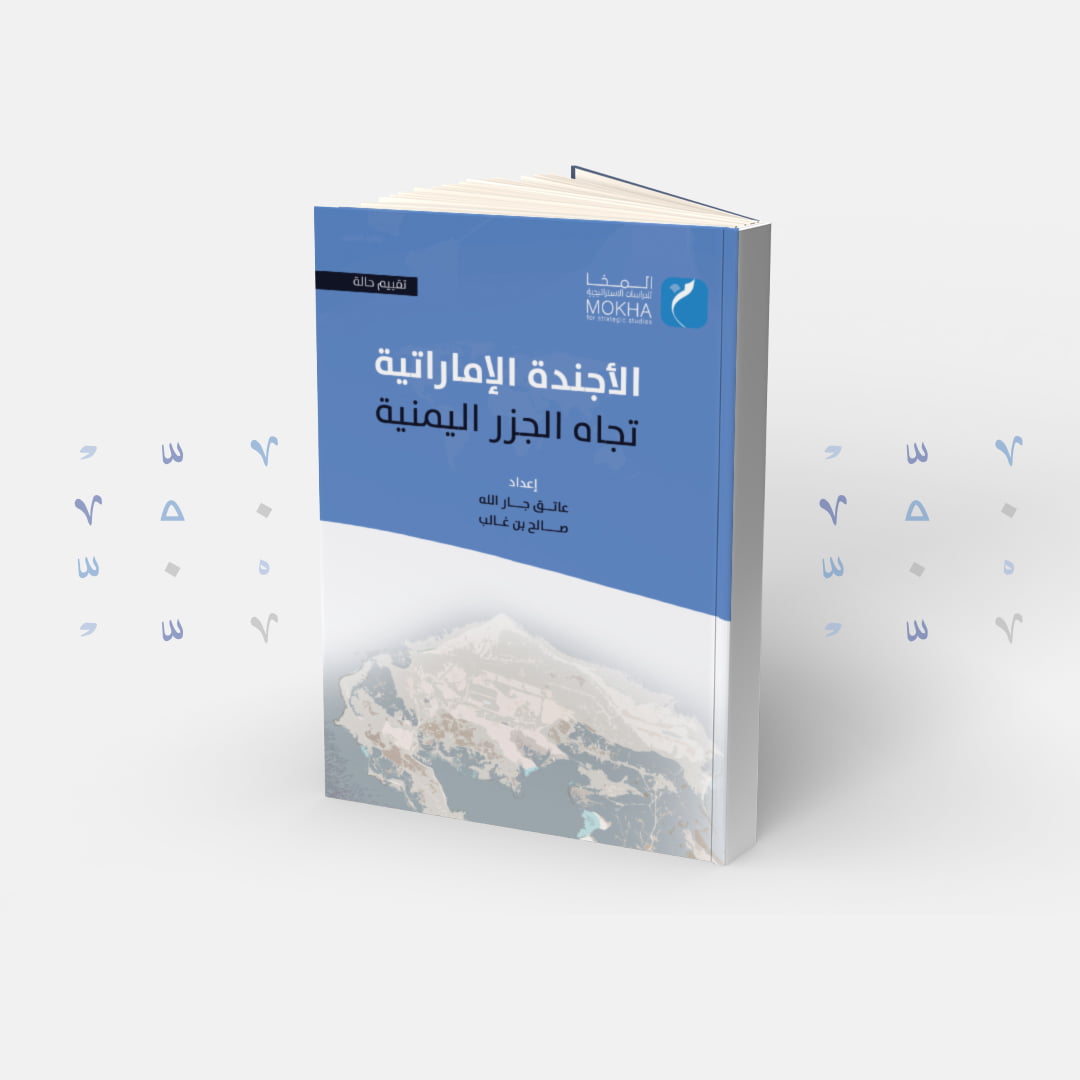Deferment at a high cost United Nations policies toward the “Safer” oil tanker crisis

| Getting your Trinity Audio player ready... |
Abstract
The “Safer” tank, a floating oil storage vessel, is currently facing a dire situation.
Years of neglect, due to the effects of war, have resulted in Safer’s corroded
structures and disrupted operating systems since 2015. Holding over a million
barrels of oil, this tank has transformed into a looming threat to the environment,
marine life in the Red Sea region, coastal areas and the international trade route.
Recognizing the urgency of the matter, the United Nations has stepped in to
address this crisis. Their policies and actions have garnered significant global
attention, rallying political and financial resources toward resolving the issue.
However, there have been criticisms that the budget allocated for the
intervention was exaggerated, potentially leveraging the severity of the potential
consequences to pressure the international community into action.
Ultimately, while the United Nations managed to avert an immediate catastrophe
and remove the immediate threat, a lasting solution to prevent such dangers
from arising again remains elusive.
Introduction:
On Friday, August 11, 2023, the United Nations announced the completion of the
transfer of an oil load estimated at 1.14 million barrels, from the floating oil
tanker “Safer”, which is moored off the port of Ras Issa for oil export in Hodeidah,
on the Red Sea, to another tanker, called “Yemen”, and that vessel’s original
name was Nautica. The cost of this operation amounted to about $148 million. It
was launched on Tuesday, corresponding to July 25, 2023, and, at the time,
Antonio Guterres, the Secretary-General of the United Nations, had said: “The
United Nations has begun the process of defusing what may be the largest time
bomb in the world.” (1)
The international community widely embraced the operation’s success. Anthony
Blinken, the U.S. Secretary of State, commended the unloading of the Safer oil,
labeling it as a potent model for future global coordination to preclude crises
proactively. Notable entities, like the European Union mission in Yemen, along
with Britain, the Netherlands, France, Saudi Arabia, Qatar, Oman, Kuwait, Jordan,
the Arab Parliament and the Gulf Cooperation Council, extended their accolades
for the successful oil transfer from the Floating Storage and Offloading unit (FSO)
Safer. (2)
In his own statement, Abd al-Salam Hameed, Yemen’s Minister of Transport,
asserted, “With the successful completion of the unloading process from the
Safer floating tank, which accounted for over 1.1 million barrels, the United
Nations has realized a significant milestone in safeguarding Yemeni territorial
waters. This achievement stands as a collaborative effort between the legitimate
government, its specialized institutions and the international community.” He
emphasized that the unloading operation not only shielded Yemen’s territorial
integrity but also averted the haunting specter that had plagued Yemenis, the
region and even the global stage. (3)
The objective of this paper is to both present and assess the United Nations’
adopted policies concerning the ailing tanker, elucidating the organization’s
approach to addressing this critical issue.
Safer tanker:
The Safer floating tank, originally built in Japan in 1976 as an oil tanker under the
name Esso Japan, has undergone significant transformations over the years.
Weighing a total of 192,679 tons and stretching 376 meters (1,233.5 feet) in
length with a towering height of 1,188 feet (4) , this massive vessel has seen a
change in purpose and ownership.
In 1987, the ship’s role shifted as it was converted into a floating oil platform.
Acquired by the Safer Company for Oil Production and Exploration Operations (5) , it
was rebranded as Safer. Since 1988, it has remained anchored 8 kilometers (5
miles) northwest of Ras Issa port in Hodeidah, located along the Red Sea.
Ranked as the third-largest floating oil reservoir globally, the Safer boasts an
impressive storage capacity of 3 million barrels of crude oil. This reservoir receives
oil from extraction fields in Ma’rib Governorate, via a 438-kilometer (272-mile)
pipeline. Here, the crude oil is stored, and the facility is outfitted with the
necessary equipment for transferring oil to other cargo ships for exportation.
Despite its intended lifespan, which suggests disposal about 20 years ago, the
Safer continues to exist. This is despite the fact that it hasn’t undergone regular
maintenance since the Houthi group took control of Hodeidah’s port in 2015.
Since that point, no oil has been transported to the vessel. Presently, it holds
approximately 1.14 million tons of Ma’rib Light Oil.
According to international reports, the structural integrity of the Safer has been
compromised, with damage to its walls and disruptions in its operating systems.
The passage of time has rendered it a ticking time bomb and a significant
environmental and strategic hazard. The potential for oil leakage, or even
explosions due to the presence of flammable gases within its tanks, underscores
the urgency of addressing the situation.
Catastrophic repercussions:
Numerous reports and studies have consistently underscored the potential for
dire consequences arising from any oil leakage or explosion aboard the tanker.
The ramifications of such an event would be truly catastrophic, rippling through
various aspects of the environment and human lives. The marine ecosystem
within the Red Sea would bear the brunt of this catastrophe, with its destruction
being a grim inevitability. Such an incident would result in the annihilation of
marine life, a vital component of the sea’s delicate balance. The fallout wouldn’t
stop there — millions of individuals residing in the vicinity would find themselves
subjected to severe air pollution, exacerbating health concerns on a massive
scale.
Coastal communities, which are intricately linked to the sea’s resources, would
face devastating losses. The abrupt disruption in the fishing sector would cause
irrevocable harm, rendering hundreds of thousands of workers bereft of their
livelihoods overnight. The recovery of fish stocks, an intricate and slow process,
would stretch over an agonizing span of more than 25 years. (6)
The far-reaching impact is not bound by borders — six nations along the Red Sea’s
coastline would find their populations’ health and well-being compromised. The
aftermath of such a disaster would taint the very essentials of life — air, food and
water — with pollutants. The estimated cost of cleansing seawater and shorelines
post-spill is a staggering $20 billion, a testament to the magnitude of the
impending damage. Comparatively, the catastrophe resulting from the 1989
Exxon Valdez oil spill in the Gulf of Alaska pales in comparison. The enormous
Safer vessel contains more than four times the tonnage of the Exxon Valdez. (7)
UN intervention:
Amid the ongoing conflict that has persisted since March 2015, growing concerns
emerged regarding the imminent perils faced by the Safer tanker and its
surrounding environment. The potential consequences of any mishap would far
exceed the capacity of the war-ravaged Yemeni state to manage. Recognizing the
gravity of the situation, the United Nations’ intervention became imperative.
The United Nations responded by dispatching a team of experts tasked with
evaluating the state of the reservoir and initiating preliminary repairs. In August
2019, the mission was set to commence from Djibouti, having secured
agreements from all involved parties, including the Houthi group. Regrettably, the
mission was abruptly called off when the Houthis withdrew their consent on the
eve of the team’s departure. (8)
Reports then circulated, indicating that seawater had breached the Safer tanker’s
hull, reaching the engine room and gravely imperiling the vessel. In response, the
United Nations swiftly intensified its efforts to address this critical development,
which had brought the ship perilously close to sinking. A temporary solution was
implemented to contain the leak at that time. However, the intransigence of the
Houthi group persisted, as they transformed the tanker into a bargaining tool
against both the legitimate government and the international community.
International pressure:
International efforts have intensified to put pressure on the Houthi group to allow
the tanker to be inspected, repaired and the oil unloaded from it. In July 2020, the
U.S. State Department called on the Houthis to cooperate with the UN envoy to
Yemen, Martin Griffiths, and to allow the United Nations to maintain the Safer
reservoir. In a tweet on Twitter, the ministry said that the Houthis alone will bear
the humanitarian costs if an oil leak occurs from the tanker (9) . During a session of
the United Nations Security Council on the Yemeni crisis, the former U.S.
representative to the United Nations, Kelly Craft, held the Houthi group
responsible stating, “If a leak occurs, or worse, if an explosion occurs, the Houthis
will bear full responsibility for any disaster because of their efforts to use the
tanker as a bargaining chip to increase political and economic influence”. (10)
The European Union has warned of a potential humanitarian, economic and
environmental catastrophe in Yemen and the Red Sea, as a result, and that the
Safer could cause a major disruption in global maritime trade, which passes
through the Bab al-Mandab Strait. The countries bordering the Red Sea, such as
Egypt, Jordan, Saudi Arabia and Sudan, demanded urgent action from the Security
Council to avert this disaster. The permanent representative of Saudi Arabia to
the United Nations warned the UN Security Council that an “oil slick” was seen 50
kilometers (31 miles) west of the Safer. (12)
The Netherlands emerged as a pivotal player in the negotiations involving Yemeni
parties. On March 1, 2022, the Dutch ambassador embarked on a visit to Sana’a
and Al-Hodeidah, regions that Houthi group control. The ambassador’s purpose
was to advocate for an urgent resolution to the imminent threat posed by the
Safer oil tanker, which could unleash a catastrophic oil spill with dire
consequences for Yemen’s inhabitants, their livelihoods and the fragile Red Sea
ecosystem (13) . As part of his engagement, he participated in discussions alongside
the United Nations Mission in Hodeidah and the port of Ras Isa — adjacent to the
docking point of the Safer tanker — to present the proposal to the Houthi group.
In line with these efforts, the Dutch Minister of Foreign Trade and International
Cooperation, Lesje Schrenmacher, visited Aden on September 15, 2022. During
her visit, a meeting was convened under the chairmanship of Yemeni Prime
Minister Maeen Abdulmalik. The meeting involved the presence of David Grizzly,
the Resident Coordinator for Executive Activities and the United Nations
Humanitarian Coordinator for Yemen. The meeting aimed to discuss the status of
the Safer oil reservoir, as well as the efforts exerted to initiate the
implementation of the first phase of the United Nations’ plan to empty and
maintain it in order to avoid a global environmental catastrophe. (14)
The Security Council — more than once — called on the Houthis to allow
international inspectors to inspect the reservoir “without delay”, and urged the
members of the Security Council to “facilitate safe and unconditional access for
United Nations experts, so that they can conduct an impartial and comprehensive
assessment, in addition to an initial maintenance mission, without delay”. (15)
In July 2020, at the invitation of Britain, the Security Council held a session via
videoconference in which it discussed the situation of the Safer tanker, and the
council expressed its deep concern about the increasing risk of the tanker
disintegrating, which could cause an environmental, economic and humanitarian
catastrophe for Yemen and its neighbors (16) .
Signing a framework agreement with the Houthis:
The United Nations continued discussions with the Houthis about a document
that defines the scope of work assigned to the proposed mission, the nature of its
activity and its tasks, and, on November 21, 2022, the United Nations received a
letter from the Houthis indicating their formal approval of the scope of work, and,
in light of this approval, the United Nations became in a position that enables it to
initiate the logistical preparations for the mission, including the use of donor
funds to secure the recruitment of technical experts and the purchase of the
necessary equipment. The Yemeni government expressed its full support for the
proposed technical mission (17) .
On March 8, 2022, the Houthi group signed an agreement with the United
Nations allowing the oil to be unloaded from the Safer oil tanker. The agreement
included the commitment of the United Nations to provide and supply an
alternative floating tanker equivalent to the Safer (18) tanker, suitable for export,
within a period of 18 months, with the Houthis not incurring any financial
obligations, and that they be committed to providing all facilities for the success
of the project. (19)
Developing a plan and budget:
Accordingly, the United Nations has prepared a two-track plan: In the first, a long-
term replacement ship for the floating tank Safer is installed, and in the second,
an emergency operation is carried out by an international marine salvage
company to transfer oil from aboard the Safer to a safe temporary ship. After
that, the Safer tanker is towed to a yard and sold for recycling (20) .
The budget was distributed as shown in the following table:
Table No. 1. Items of the budget for the implementation of the plan prepared by
the United Nations:




